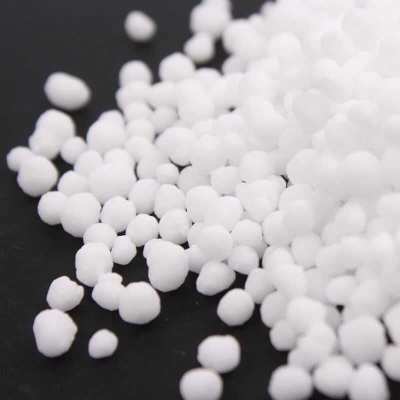-
Categories
-
Pharmaceutical Intermediates
-
Active Pharmaceutical Ingredients
-
Food Additives
- Industrial Coatings
- Agrochemicals
- Dyes and Pigments
- Surfactant
- Flavors and Fragrances
- Chemical Reagents
- Catalyst and Auxiliary
- Natural Products
- Inorganic Chemistry
-
Organic Chemistry
-
Biochemical Engineering
- Analytical Chemistry
- Cosmetic Ingredient
-
Pharmaceutical Intermediates
Promotion
ECHEMI Mall
Wholesale
Weekly Price
Exhibition
News
-
Trade Service
In recent years, lithium-ion batteries (LIB) have been used in various fields of life, fundamentally changing the development of human society
.
In the next three decades, the price of lithium-ion batteries is expected to drop by nearly 80%, and production is expected to increase by 30% every year
In view of this, Professor Liu Ping from the University of California, San Diego prepared an ion gate membrane that allows ion migration in the "on" state of oxidation, but restricts ion migration when switched to the "off" state of reduction
.
The diaphragm can significantly reduce the self-discharge rate when a severe short-circuit event occurs, so that the temperature rise and fall to the minimum
Picture article highlights:
(1) The membrane is realized by depositing a dense 300-nanometer polypyrrole:polydopamine (PPy:PDA) film on a traditional polyolefin membrane
.
By using this ion gate diaphragm as the third electrode, a rapid and reversible order of magnitude increase in ion gate resistance can be achieved
(2) When the battery is stored in the “closed” state of the ion gate diaphragm, the ion flux can be significantly suppressed
.
Compared with ordinary batteries, the capacity loss of batteries using ion gate membranes is reduced by about 37%, and the exchange of transition metals (Ni, Mn, Co) can be almost completely eliminated when stored at 55 °C for 2 weeks
(3) This ion gate battery shows the same cycle performance as an ordinary battery in the "on" state, but when it is in the "off" state, it will effectively shut down the battery
.
In addition, when in a short circuit, the ion gate battery can also be closed to improve safety performance
Figure 1 Explanation of the mechanism of ion gate battery
Figure 2 The electrochemical performance test of the battery in the on/off state







